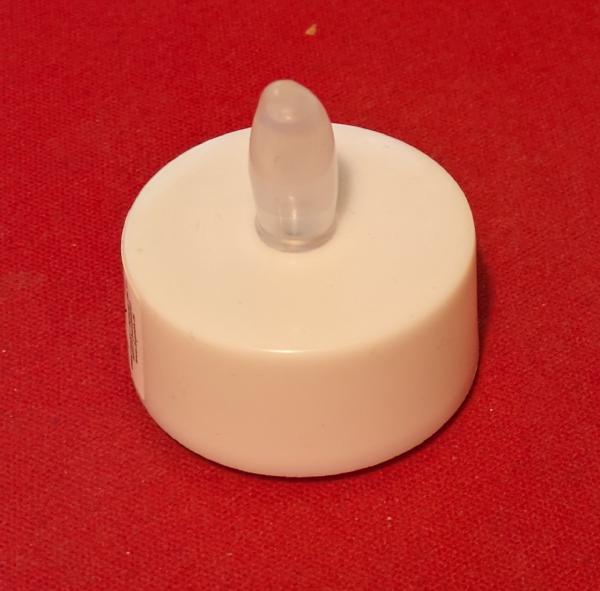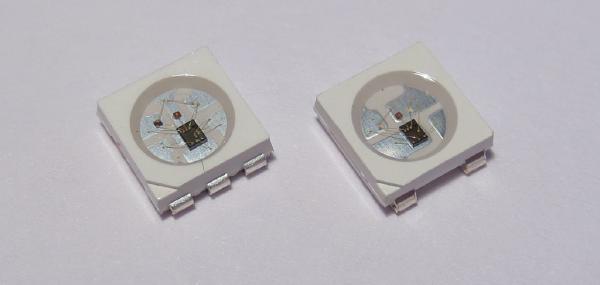
Revisiting Candle Flicker-LEDs: Now with integrated Timer
·886 words·5 mins
Analyzing a battery powered LED tea light with 24h timer functionality. Discovering that it is surprisingly based on a low-cost 8-bit microcontroller integrated into the LED package.






